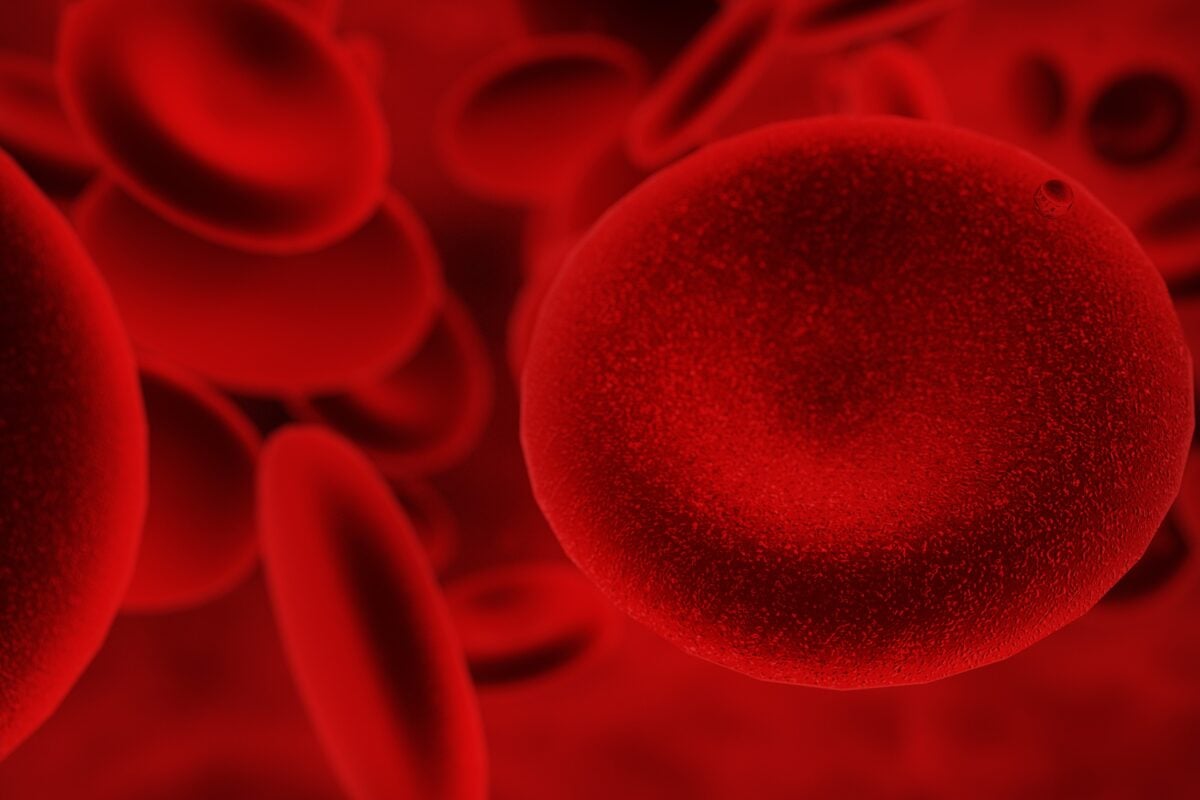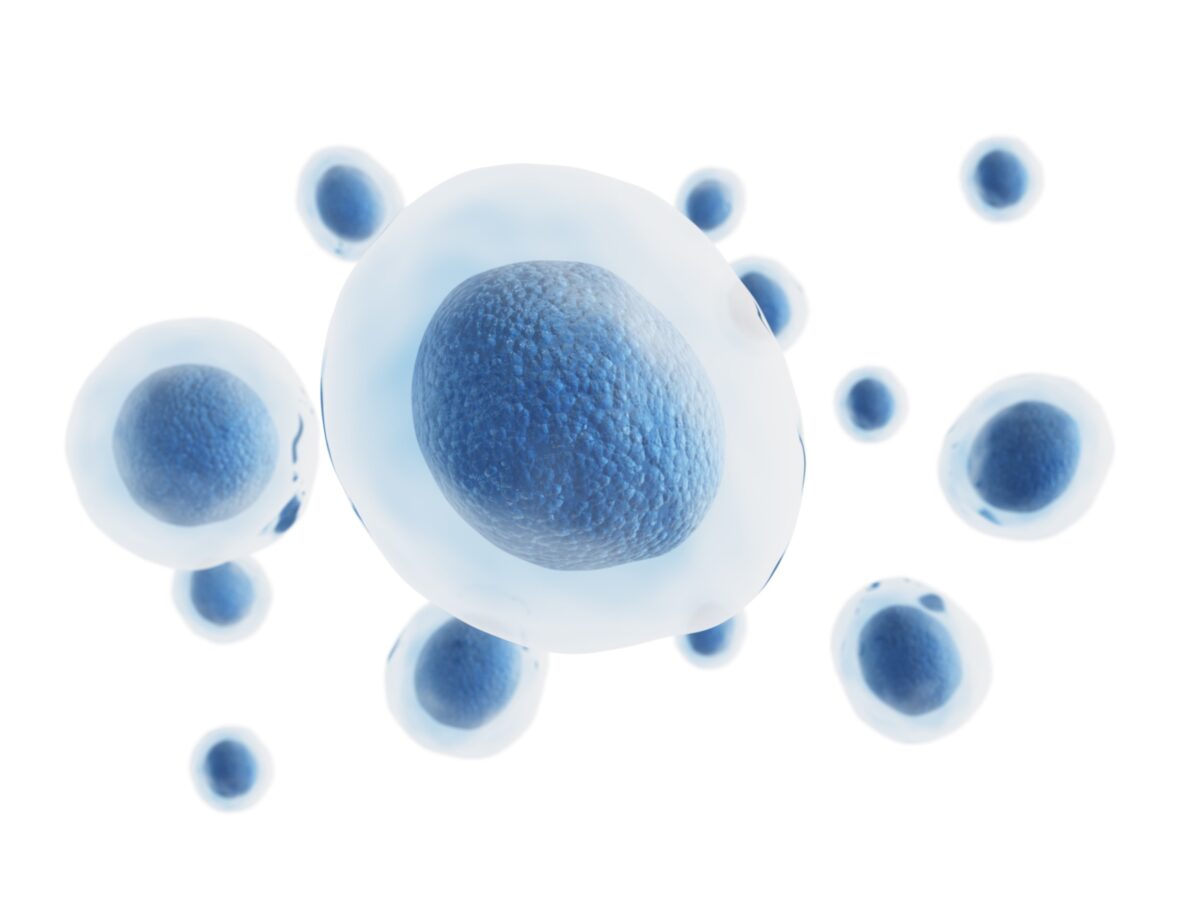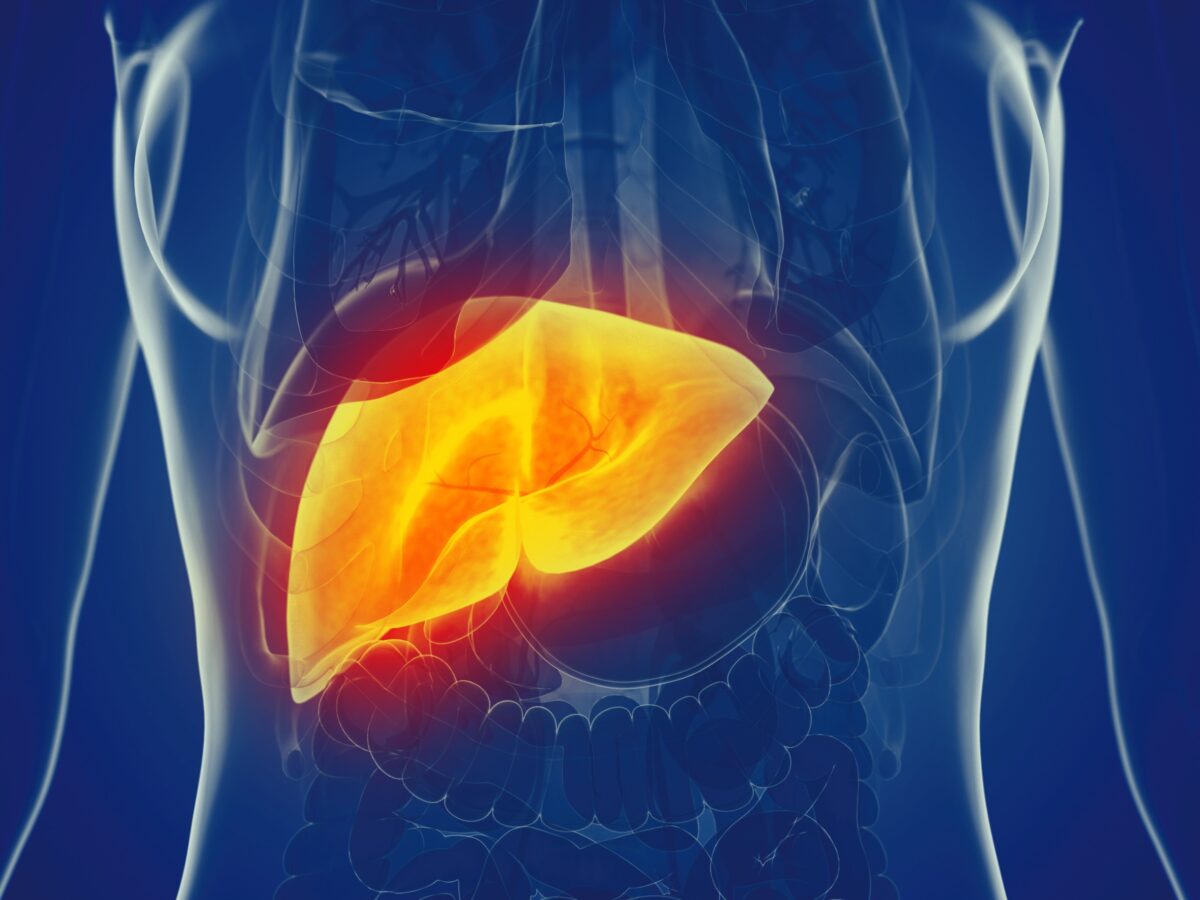Can Misophonia Be Inherited? Investigating Genetic Causes
Jess
on
October 14, 2024
Disclaimer: This article is for informational purposes only and is not intended to diagnose any conditions. LifeDNA does not provide diagnostic services for any conditions mentioned in this or any other article.
The overwhelming sensitivity to certain everyday sounds is a hallmark of misophonia, a condition that affects more people than you might think. But what exactly is misophonia, and could it be influenced by our genes?
What is Misophonia?
Misophonia, derived from the Greek words for “hate” and “sound,” is a condition where individuals experience intense emotional reactions to specific sounds. These reactions can range from irritation to anger, and even anxiety. Common triggers include sounds like chewing, tapping, or breathing, which might seem ordinary to most people but can be overwhelmingly distressing to those with misophonia.
Scientific research into misophonia is still in its early stages, but studies have shed light on the condition’s potential origins. Brain imaging studies have shown that people with misophonia exhibit heightened activity in the anterior insular cortex, a region involved in processing emotions and integrating sensory information. This suggests that their brains might be wired to respond differently to certain auditory stimuli.
The question of whether misophonia is genetic is a topic of ongoing research. Preliminary studies suggest a hereditary component, as misophonia often runs in families. Genetic predispositions might influence how the brain processes sound, contributing to the development of the condition.
Understanding misophonia is crucial for those affected, as it can significantly impact daily life and interpersonal relationships. By recognizing the genetic and neurological underpinnings of misophonia, individuals can better manage their symptoms and improve their quality of life.
What are the Symptoms and Triggers of Misophonia?
Misophonia is characterized by strong emotional reactions to specific sounds, known as triggers. Understanding these symptoms and triggers is essential for those affected and their loved ones.
Symptoms of Misophonia
People with misophonia often experience a range of intense emotional responses when exposed to trigger sounds. These can include:
- Irritation or Anger: The most common reactions are feelings of irritation or anger, which can escalate quickly.
- Anxiety or Panic: Some individuals may feel anxious or panicked upon hearing a trigger sound.
- Physical Reactions: Physical symptoms such as increased heart rate, sweating, or muscle tension can occur.
- Emotional Distress: Misophonia can lead to feelings of helplessness, frustration, and distress.
- Behavioral Responses: Avoidance behaviors, such as leaving the room or wearing earplugs, are common coping mechanisms.
Common Triggers of Misophonia
Triggers are typically repetitive and everyday sounds that most people might find negligible. Some of the most frequently reported triggers include:
- Chewing and Eating Noises: Sounds of chewing, slurping, or crunching are common triggers.
- Breathing and Sniffing: Noises like heavy breathing, sniffing, or throat clearing can provoke strong reactions.
- Tapping and Clicking: Repetitive sounds such as pen clicking, keyboard tapping, or foot tapping are also typical triggers.
- Lip Smacking and Swallowing: Subtle sounds made during speech or eating, like lip smacking or swallowing, can be particularly distressing.
- Environmental Sounds: Other triggers may include birds chirping, clock ticking, or engine humming.
The exact mechanisms behind why these specific sounds trigger such strong reactions are not yet fully understood. However, research suggests that genetic factors may play a role, in influencing how the brain processes these sounds and leading to the heightened emotional responses seen in misophonia. Understanding these triggers and symptoms can help those with misophonia find effective coping strategies and improve their daily lives.
Is Misophonia a Mental Disorder?
Misophonia is not currently classified as a mental disorder in major diagnostic manuals like the DSM-5 (Diagnostic and Statistical Manual of Mental Disorders). Instead, it is considered a condition characterized by extreme emotional reactions to specific sounds. These reactions can include anger, anxiety, and distress, significantly impacting an individual’s daily life and relationships.
The debate over whether misophonia should be classified as a mental disorder is ongoing. Some researchers argue that it shares features with other mental health conditions, such as obsessive-compulsive disorder (OCD) and generalized anxiety disorder (GAD), due to the distress and behavioral responses it elicits. However, misophonia’s specific triggers and neurological underpinnings set it apart.
Genetic factors are believed to play a role in misophonia, as the condition often runs in families. Understanding these genetic influences can help researchers better understand the condition and develop targeted treatments.
For those affected by misophonia, recognizing it as a legitimate condition is crucial. While it may not be classified as a mental disorder, its impact on daily life is significant, and seeking support and effective coping strategies can greatly improve the quality of life of those afflicted.
How is Misophonia Diagnosed?
Diagnosing misophonia involves a combination of clinical evaluation and patient history, as there are no standardized diagnostic criteria or specific tests for the condition. Healthcare professionals typically begin by conducting a detailed interview to understand the patient’s symptoms, triggers, and the impact on their daily life. They may ask about specific sounds that provoke strong emotional reactions and how these reactions manifest, such as feelings of anger, anxiety, or physical discomfort.
A comprehensive evaluation often includes ruling out other conditions with similar symptoms. For instance, misophonia can be confused with hyperacusis (heightened sensitivity to all sounds) or certain anxiety disorders. Audiologists or otolaryngologists may conduct hearing tests to ensure there are no underlying auditory issues.
Psychological assessments can also be useful. These might involve questionnaires or surveys designed to measure the severity of the emotional responses and their impact on the patient’s quality of life. Tools like the Amsterdam Misophonia Scale (A-MISO-S) can help quantify the severity of misophonia symptoms.
Diagnosing misophonia requires a multidisciplinary approach, often involving audiologists, psychologists, and other healthcare professionals. Understanding the genetic and neurological aspects of the condition can provide valuable insights, helping those affected find effective management strategies and improve their daily lives.
The Role of Genetics in Misophonia
Genetics plays a significant role in the development and expression of misophonia, though the exact mechanisms are still being studied. Research suggests that misophonia can run in families, indicating a possible genetic predisposition. Individuals with a family history of the condition are more likely to develop it themselves, highlighting the influence of genetic factors.
While there is no specific genetic test for misophonia, research into its hereditary aspects continues. Understanding these genetic influences can provide insights into why certain individuals are more susceptible to developing misophonia and help guide personalized treatment approaches.
Environmental vs. Genetic Factors in Misophonia
Environmental factors play a significant role in the development and exacerbation of misophonia. While genetic predispositions may set the stage for the condition, various environmental influences can trigger or intensify the symptoms. Here are some key environmental factors that have been identified in scientific research:
Early Life Experiences
Early childhood experiences and the environment in which a person grows up can significantly impact the development of misophonia. Children who are exposed to frequent loud or repetitive noises, such as those in a busy household or urban setting, may develop heightened sensitivity to specific sounds. Negative associations formed with certain sounds during formative years can contribute to the development of misophonia later in life.
Stressful Environments
Chronic exposure to stressful environments can increase the likelihood of developing misophonia. Stressful situations heighten the body’s overall sensitivity to stimuli, including auditory triggers. Individuals who live or work in high-stress environments may find their misophonia symptoms more pronounced. Stress can also exacerbate existing misophonia symptoms, making it harder for individuals to cope with their triggers.
Traumatic Events
Exposure to traumatic events, especially those involving loud or repetitive noises, can contribute to the development of misophonia. Trauma can alter the brain’s processing of sensory information, leading to an increased sensitivity to specific sounds. Individuals who have experienced trauma may find that certain sounds associated with the traumatic event become persistent triggers for misophonia.
Social and Family Dynamics
Family dynamics and social interactions play a crucial role in the development of misophonia. In some cases, misophonia may be exacerbated by family members or close friends who unintentionally create or reinforce negative associations with specific sounds. For example, frequent arguments or negative interactions during meals can make eating sounds a common trigger. Supportive and understanding social environments, on the other hand, can help mitigate the impact of misophonia.
Repetitive Noise Exposure
Occupations or hobbies that involve repetitive noise exposure can contribute to the development of misophonia. For instance, individuals who work in environments with constant background noise, such as factories or open-plan offices, may become more sensitive to specific repetitive sounds. Long-term exposure to such environments can lead to heightened auditory sensitivity and misophonia symptoms.
Lack of Noise Control
Living or working in environments where individuals have little control over background noise can also contribute to misophonia. The inability to escape or mitigate unwanted sounds can lead to increased frustration and sensitivity. This lack of control can make individuals more prone to developing negative associations with specific sounds.
Psychological Factors
Psychological factors, such as anxiety and mood disorders, can interact with environmental influences to exacerbate misophonia. Individuals with pre-existing anxiety or mood disorders may find that their symptoms are worsened by environmental noise, leading to a vicious cycle of increased sensitivity and distress.
Understanding the environmental factors that contribute to the development of misophonia can help individuals and healthcare professionals devise effective management strategies. By addressing both genetic predispositions and environmental influences, those affected by misophonia can work towards improving their quality of life and reducing the impact of their triggers.
How Can Misophonia Impact Daily Life?
Misophonia can significantly impact daily life, influencing habits, lifestyle, and overall well-being, as individuals with misophonia experience intense emotional reactions to specific but common sounds, such as chewing, tapping, or breathing. These reactions can lead to a range of disruptive effects on daily activities.
One major impact is on social interactions. People with misophonia may avoid social settings where trigger sounds are common, such as restaurants, family gatherings, or public transportation. This avoidance can lead to feelings of isolation and strain on relationships with friends and family.
Misophonia can also affect professional life. The presence of trigger sounds in the workplace, like keyboard typing or pen clicking, can make it difficult to concentrate, leading to decreased productivity and increased stress.
The emotional toll of misophonia is substantial. Individuals often experience heightened anxiety, irritability, and even anger in response to trigger sounds. This constant emotional strain can contribute to overall mental health challenges, including increased anxiety and depressive symptoms.
Misophonia can also lead to the development of coping mechanisms, such as using noise-canceling headphones, avoiding specific environments, or creating personal routines to minimize exposure to triggers. While these strategies can provide some relief, they can also limit lifestyle choices and experiences. Understanding the profound impact of misophonia on daily life underscores the importance of seeking support and effective management strategies to improve quality of life.
Is Misophonia Permanent?
Misophonia is often considered a long-term condition, but its severity and impact can vary greatly among individuals. Currently, there is no known cure, and the condition is typically managed rather than permanently resolved. However, symptoms can fluctuate over time and may improve with appropriate interventions and coping strategies.
Research indicates that misophonia involves abnormal activation of the anterior insular cortex, a brain region associated with processing emotions and sensory information. This suggests a neurological basis for the condition, which can make it persistent. However, the degree of distress and the specific triggers can change throughout a person’s life, influenced by environmental factors, stress levels, and coping mechanisms.
Therapies such as cognitive-behavioral therapy (CBT) and sound therapy have shown promise in helping individuals manage their symptoms. CBT can help reframe negative thought patterns associated with trigger sounds, reducing the emotional response. Sound therapy, which involves gradual exposure to trigger sounds in a controlled environment, can help desensitize individuals to these noises over time.
While misophonia may be a permanent part of life for many, understanding its neurological and genetic underpinnings can lead to better management strategies. With the right support and interventions, individuals can significantly improve their quality of life, reducing the impact of misophonia on their daily habits and lifestyle.
Ways to Help Manage Misophonia
Managing misophonia involves a range of strategies designed to reduce the impact of trigger sounds and improve overall quality of life. Here are some evidence-based methods to help manage misophonia effectively:
Cognitive-Behavioral Therapy (CBT)
Cognitive-Behavioral Therapy or CBT is a highly recommended approach for managing misophonia. It helps individuals identify and modify negative thought patterns and behaviors associated with trigger sounds. By reframing the emotional responses to these sounds, CBT can reduce distress and improve coping mechanisms. Research has demonstrated that CBT can lead to significant improvements in managing misophonia symptoms.
Sound Therapy
Sound therapy, or auditory desensitization, involves gradual exposure to trigger sounds in a controlled setting. The therapy starts with low-volume exposure and progressively increases as tolerance builds. This method aims to desensitize the individual to specific sounds over time. Studies suggest that sound therapy can help reduce the intensity of emotional reactions to trigger sounds.
Mindfulness and Relaxation Techniques
Mindfulness practices and relaxation techniques can be effective in managing the stress and anxiety associated with misophonia. Techniques such as deep breathing exercises, progressive muscle relaxation, and mindfulness meditation can help individuals stay calm and reduce emotional responses to trigger sounds. Evidence supports that these practices can alleviate the emotional impact of misophonia.
Environmental Modifications
Making adjustments to one’s environment can help mitigate the effects of misophonia. This might include using noise-canceling headphones, white noise machines, or creating a quiet workspace. Avoiding known trigger situations or modifying them (e.g., eating in a different setting) can also provide relief. Environmental changes can help minimize exposure to distressing sounds.
Exposure Therapy
Exposure therapy involves systematic desensitization to trigger sounds. It typically includes controlled and gradual exposure to the sounds that cause distress, combined with relaxation techniques to manage the response. The goal is to reduce the intensity of the emotional reaction over time. Research supports its effectiveness in decreasing sensitivity to specific sounds.
Professional Counseling
Consulting with a mental health professional can provide valuable support and guidance. Counseling can help individuals develop coping strategies and manage the emotional impact of misophonia. Professionals can offer personalized approaches and techniques tailored to individual needs.
Support Groups
Joining support groups for individuals with misophonia can be beneficial. These groups provide a platform for sharing experiences, strategies, and emotional support. Connecting with others who understand the condition can offer comfort and practical advice for managing symptoms.
Diet and Lifestyle Adjustments
Some individuals find that making changes to their diet and overall lifestyle can impact their sensitivity to trigger sounds. Maintaining a healthy diet, regular exercise, and adequate sleep can contribute to overall well-being and reduce stress levels, which may help manage misophonia symptoms.
Developing Coping Mechanisms
Creating personal coping mechanisms, such as carrying noise-canceling headphones or finding distraction techniques, can help manage immediate responses to trigger sounds. Developing and practicing these strategies can provide practical relief in various situations.
By combining these methods and tailoring them to individual needs, those with misophonia can improve their ability to manage symptoms and enhance their daily life. Understanding the genetic and neurological aspects of misophonia can also guide effective management strategies, offering a more comprehensive approach to coping with the condition.
You might also like: A Full Walkthrough Of The LifeDNA’s Personality & Cognition Report
References
- https://www.webmd.com/mental-health/what-is-misophonia
- https://www.ncbi.nlm.nih.gov/pmc/articles/PMC5321671/
- https://www.medicalnewstoday.com/articles/320682
- https://my.clevelandclinic.org/health/diseases/24460-misophonia
- https://pubmed.ncbi.nlm.nih.gov/28571795/
- https://www.psychiatry.org/psychiatrists/practice/dsm
- https://www.nimh.nih.gov/health/topics/obsessive-compulsive-disorder-ocd
- https://my.clevelandclinic.org/health/diseases/23940-generalized-anxiety-disorder-gad
- https://www.medicinenet.com/misophonia/article.htm
- https://misophoniatreatment.com/amsterdam-misophonia-scale/
- https://www.health.com/misophonia-7504905
- https://khironclinics.com/blog/misophonia/#:~:text=Misophonia%20and%20Trauma&text=It%20often%20develops%20in%20childhood,already%20struggling%20with%20stress%20tolerance.
- https://www.sciencedirect.com/science/article/abs/pii/S000578942300117X
- https://www.sciencedirect.com/science/article/abs/pii/S000578942300117X
- https://www.ncbi.nlm.nih.gov/pmc/articles/PMC9579453/
- https://www.childrenshospital.org/conditions/misophonia#:~:text=We%20do%20not%20yet%20have,school%20and%20in%20social%20situations.
- https://www.groundworkcounseling.com/anxiety/why-do-i-hate-certain-noises-misophonia/#:~:text=People%20With%20Misophonia%20Will%20Often&text=CBT%20helps%20individuals%20recognize%20patterns,of%20interacting%20with%20their%20discomfort.
- https://www.betterlivingbh.org/2023/03/misophonia-treating-sensitivity-to-sounds-and-other-stimuli/#:~:text=Sound%20therapy%3A%20Sound%20therapy%20involves,trigger%20sounds%20or%20promote%20relaxation.
- https://www.verywellmind.com/misophonia-treatment-4845902













